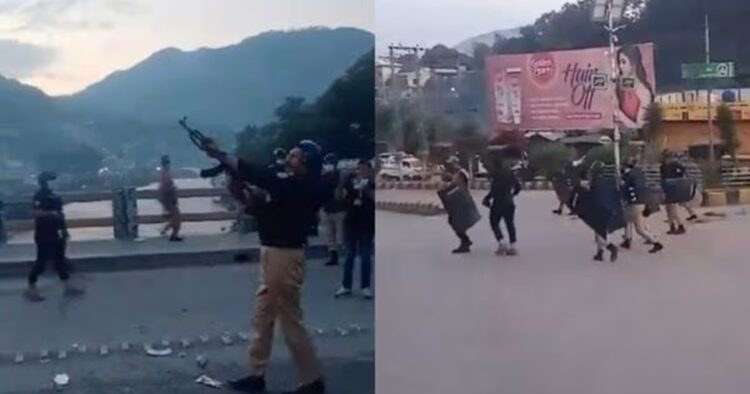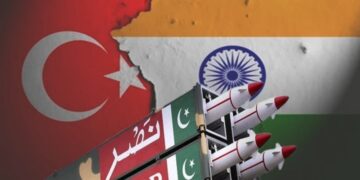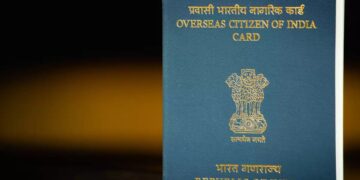Over the past few days, Pakistan-occupied Kashmir (PoK) has been gripped by escalating tensions as clashes between protesters and security forces have disrupted normal life.
The trouble began with protests led by the Awami Action Committee (AAC) against rising inflation and unjust taxes, particularly on electricity bills. These protests, initially peaceful, turned violent when clashes erupted between demonstrators and police in Muzaffarabad, the capital of PoK.
The AAC’s demonstrations, which began as peaceful marches, aimed to highlight the economic grievances faced by the people of PoK. High taxes, soaring electricity bills, and a sudden spike in inflation have burdened the populace, prompting them to take to the streets in protest.
Situation remains precarious in PoK amid protest over high inflation https://t.co/njrEy7yPN0 pic.twitter.com/8MDxW7QaVt
— Sidhant Sibal (@sidhant) May 12, 2024
However, the situation escalated when clashes broke out near Islam Garh, leading to a standstill in Muzaffarabad as the AAC called for a shutter-down and wheel-jam protest.
The confrontations between protesters and security forces have been intense, with reports of police using tear gas and batons to disperse the crowds. Social media has been inundated with videos and photos depicting the clashes, highlighting the severity of the situation.
Both police personnel and protesters have sustained injuries, and there are reports of casualties, including the tragic death of a police SHO allegedly lynched by protesters.
Amidst the chaos, PoK activist Amjad Ayub Mirza has called for urgent intervention from the Indian government. Mirza claims that Pakistani forces are targeting unarmed civilians, resulting in fatalities.
He urges Bharat to focus attention on PoK and facilitate its independence, including Gilgit-Baltistan. Mirza’s plea underscores the gravity of the situation and the need for swift action to prevent further escalation of violence.
Responding to the unrest, the PoK government has imposed Section 144, prohibiting gatherings and shutting down educational institutions and offices.
However, despite these measures, protests have continued across various districts of PoK, indicating widespread discontent among the populace. The government’s efforts to quell the protests have thus far been met with defiance, further exacerbating the situation.
As tensions persist and violence escalates, the future of Pakistan-occupied Kashmir remains uncertain. The continued unrest threatens to destabilize the region further, posing significant challenges to both the local administration and neighboring countries.
Amidst calls for intervention and growing discontent, the need for a peaceful resolution to the crisis becomes increasingly urgent, lest the situation spiral out of control.

















Comments